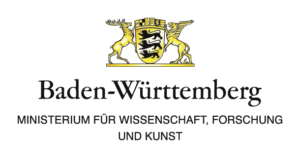Entsprechen die megalithischen Anlagen, die man im Handwerkerviertel der gallo-römischen Stadt Alesia fand, ihrer Interpretation als Metall- oder Emailleschmelzöfen?
Die experimentelle Archäologie konnte ihre eventuelle Nutzung für das Ausschmelzen von Wachs aus Tonmodeln für den Bronzeguss in verlorener Form wahrscheinlich machen. Hierbei ist es notwendig die Temperatur nur langsam zu steigern, um das Wachs aus der Tonform auszuschmelzen, ohne dass diese dabei zerbricht. Zu dieser Form der Nutzung passen die schwachen Hitzespuren, die man auf diesen Strukturen finden konnten am besten.
Have the megalithic structures found in the artisans quarter of the gallo-roman city of Alesia really been used for the smelting of metal or enamel?
Experimental archaeology found that the most probale use of these structures was as heating ovens for clay-moulds being used for the smelting of bronze in the so called “lost form”. At this the temperatures were raised slightly so that the wax model could be smelted out of the clay form without the danger of its braking. The weak traces of heat found on these structures fit best to this way of use.
Christophe Bontemps (APAB) (FR)
Les structures «mégalithiques» présentent dans le quartier artisan de la ville gallo-romaine d’Alésia, interprétées comme des fours de métallurgiste ou d’émailleur, correspondent-elles à ces fonctions?
L’expérimentation a mis en évidence un éventuel usage pour l’étuvage des moules à cire perdu (faible montée en température pour faire fondre la cire du modèle à l’intérieur du moule), ce qui correspondrait mieux aux faibles traces de chauffe que l’on peut observer sur ces structures.
Christophe Bontemps (APAB) (FR)







